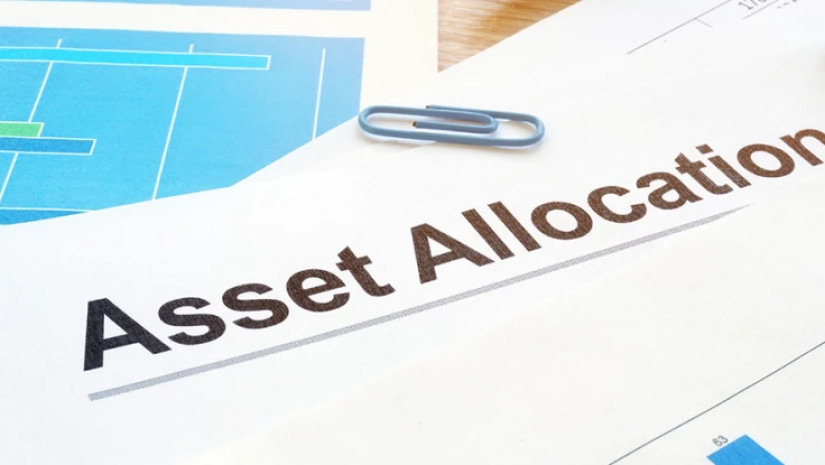World famous investment manager and USA democratic party donor and early supporter of Barak Obama, George Soros famously joked that “an investment is a speculation gone wrong.” If you failed as a short-term trader, you might as well become a successful long-term investor.
When it comes to investment, however the art of asset allocation or simply deciding on asset allocation is most important. It is often said that the only free lunch in financial markets is diversification supported by conscientious asset allocation.
Selecting the right asset allocation depends on several factors, including:
Time Horizon – The number of months or years until your financial goal is the primary factor driving asset allocation. Investors saving up for retirement often invest in riskier assets since they have a long-time horizon, while a parent saving up for a teenager’s college education may stick to less risky investments since they have a shorter time horizon.
Risk Tolerance – The second major factor influencing asset allocation is an investor’s risk tolerance. In other words, their ability and willingness to lose some or all of their original investment in exchange for greater returns. Aggressive investors may be willing to take on higher risk to get better returns, while conservative investors may stick with low-risk investments aimed more at capital preservation.
The objective of investing is to increase the purchasing power of capital. This means that total return after taxes on the portfolio must exceed the inflation rate. How high this real return is and how risky in terms of volatility the means of achieving it, are what asset allocation is all about. Good asset allocation can result in the return on the whole portfolio being more than sum of the returns on the parts.
The big question for investors is whether to change asset allocation due to recession and bear market risk. The world bank in early June stated that world economy may suffer 1970 Stagflation.
The global economy may be headed for years of weak growth and rising prices, a toxic combination that will test the stability of dozens of countries still struggling to rebound from the pandemic.
Stagflation is widely believed to be the worst potential outcome to asset prices, making the right calls on asset allocation even more important.
The combination of high inflation, low interest rates, and stocks previously near all-time highs creates challenges for investors: Keep cash and guarantee its purchasing power erodes by the level of inflation. Buy bonds and get hit when/if rates climb, in addition to the erosion from inflation. Buy stocks and experience declines in the event of a slowdown or recession.
So far, stock valuations have come down because share prices are falling — despite resilient earnings. Even as the market dropped this year, a continuing drumbeat of optimistic earnings forecasts has kept the dip-buying mindset alive. A downturn in the economy could end this run for earnings, and retail investor confidence.
Stock market Bulls and bullish analysts have their reasons. They point to years like 1994, when the U.S. economy was so strong that Fed tightening triggered just a mild slowdown and a mere 10 per cent drop in stocks. inflation could subside, as shortages induced by the pandemic and the war in Ukraine somehow disappear, allowing the Fed to stop tightening relatively soon.
A tightening policy by the Fed is a likely driver for slower growth and possibly stagflation.
In the stock market, the consumer staples sector is expected to be able to maintain consumer demand while passing along higher input costs.
Tech companies that provide convenience and value to corporate and household consumers should be able to maintain sales and margins as they are less impacted by rising input costs.
A stagflation recession will be different to other previous recessions. In the U.S. stock market of the 15 bear markets, 11 have also coincided with recessions, including six of the last seven, dating to 1970. Bear markets that were accompanied by recessions saw a median decline of 36 per cent over 18 months, compared with 31 per cent over 10 months for those that were not.
The reason bear markets often pause for a break (bear market rally) is basic: markets do not move in straight lines, and it takes time for entrenched investor psychology to break. Though many institutional investors have cut stock holdings, retail investors have barely flinched so far.
Asset Allocation is the most important factor in the performance equation of a multiasset portfolio.
In a stagflation world, asset allocation will get more attention, manager selection which received so much attention during the bull market years might be de-emphasized.
Rainer Michael Preiss serves as an investment advisor & portfolio strategist.
















